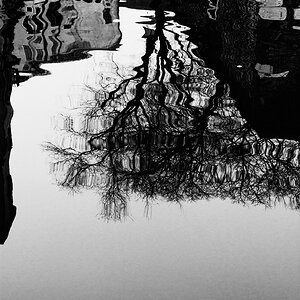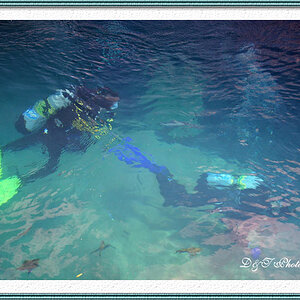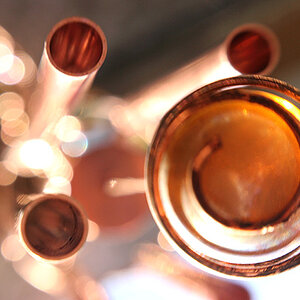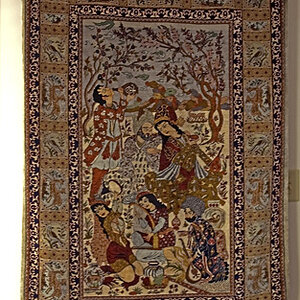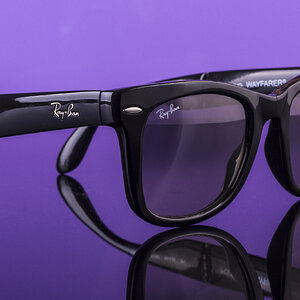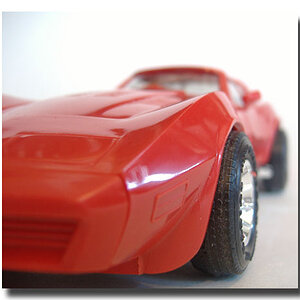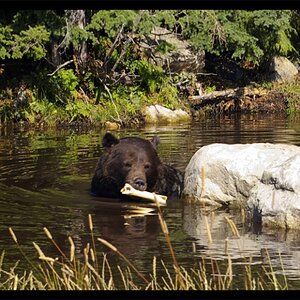Alexandra
TPF Noob!
So looking at Ilford's technical sheets for their contrast filters, I see they recommend no adjustment for filters 00-3.5, and double the normal exposure for 4-5.
Now, I can vouch for the latter part - double the normal exposure has been a reliable starting point for 4-5.
I haven't been using the lower grades much though. I usually develop my negatives to have higher than normal contrast to begin with.
But based on the times I did try them, I find there still needs to be some adjustment... The prints are overall too bright.
Has anyone come up with or come across a compensation system, or some rule of thumb for them?
Thanks,
Alex.
Now, I can vouch for the latter part - double the normal exposure has been a reliable starting point for 4-5.
I haven't been using the lower grades much though. I usually develop my negatives to have higher than normal contrast to begin with.
But based on the times I did try them, I find there still needs to be some adjustment... The prints are overall too bright.
Has anyone come up with or come across a compensation system, or some rule of thumb for them?
Thanks,
Alex.


![[No title]](/data/xfmg/thumbnail/35/35967-ee5e7220e6f5cbd7d70fb99fe8ce5038.jpg?1619737285)
